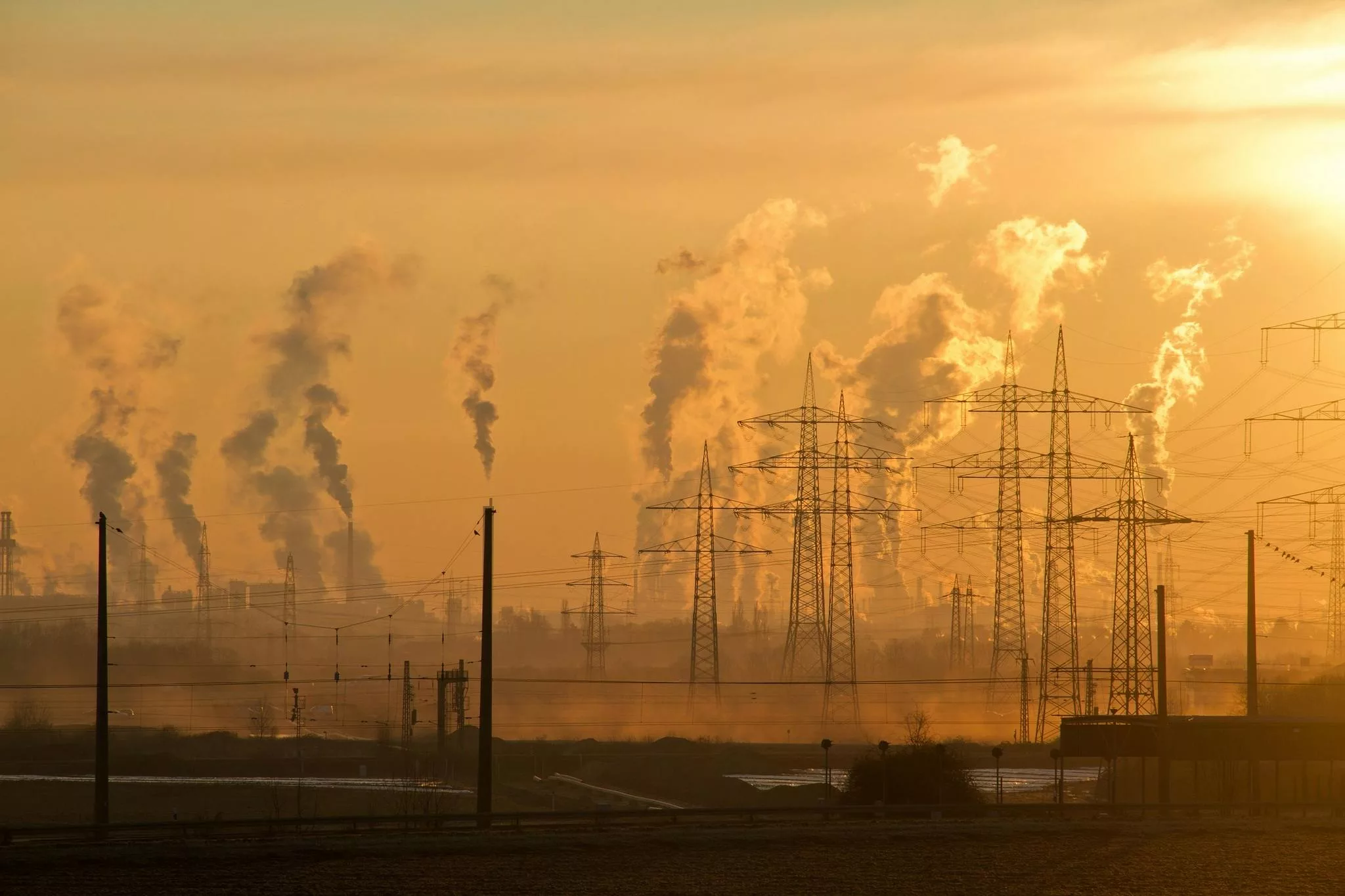In an electrifying forecast for the future of energy in the United States, the latest Preliminary Monthly Electric Generator Inventory suggests that the coming year will be characterized by a substantial increase in utility-scale electric-generating capacity. Industries seem poised to shatter previous records, adding a projected 62.8 gigawatts (GW) of new capacity in 2024—a 55% leap from the 40.4 GW introduced in 2023 which was already a landmark year not witnessed since 2003.
Rapid Expansion in Solar Capacity
Commanding the forefront of this expansion is solar energy, which is expected to claim 58% of the new capacity. If all goes according to plan, a whopping 36.4 GW of utility-scale solar will be plugged into the grid, marking not just an increase, but a near doubling of the previous year’s record of 18.4 GW. As the industry seems to have navigated past supply chain and trade impediments, solar energy’s robust growth is setting an entirely new pace for capacity additions from varying resources. In focus are Texas, California, and Florida, with the lion’s share of solar capacity additions, while Nevada anticipates the launch of the Gemini solar facility, potentially the largest in the country with its impressive 690 megawatts (MW) of photovoltaic capacity complemented by 380 MW of battery storage.
Battery Storage Capacity to Surge
2024 also looks to be a milestone year for battery storage systems which are anticipated to nearly double from this year’s 15.5 GW to a staggering 14.3 GW of new additions. This marks a trend toward burgeoning growth as compared to the significant 70% increase of battery storage capacity in 2023. States like Texas and California are at the vanguard, making up 82% of the U.S. increase. Certain highlighted developments include the Menifee Power Bank in California, a clear sign of how dependency on solar and wind energy amplifies the need for reliable battery storage. This growth spurt is further fueled by policy measures like the Inflation Reduction Act, which now allows standalone storage to benefit from investment tax credits, incentivizing their development far more than in the past.
The Wind Energy Forecast
As for wind energy, operators are scheduled to add 8.2 GW of wind capacity in 2024. This comes after a period of slower growth following the record-breaking additions in 2020 and 2021. Noteworthy developments include two major offshore wind plants, the Vineyard Wind 1 and South Fork Wind, slated to start operations off the coasts of Massachusetts and New York, respectively.
Changes in Natural Gas Capacity
Natural gas capacity additions have their own narrative with a modest 2.5 GW planned for 2024—the smallest increase in a quarter century. There’s a notable shift in the types of plants being added, with simple-cycle natural gas turbine (SCGT) plants taking center stage. This reveals a strategic choice for grid flexibility, as SCGT plants are valued for their ability to quickly adjust their output levels.
Nuclear Energy’s Steady Contribution
Finally, the nuclear sector is inching forward with the start-up of the fourth reactor at the Vogtle power plant in Georgia, with a capacity of 1.1 GW, now rescheduled for March 2024. This follows Vogtle Unit 3, which commenced operations in the latter half of the previous year.
Thus, the stage is set for 2024 to be a remarkable year in the narrative of U.S. energy, with solar and battery storage leading the charge in transforming the nation’s electric-generating capacity landscape.
